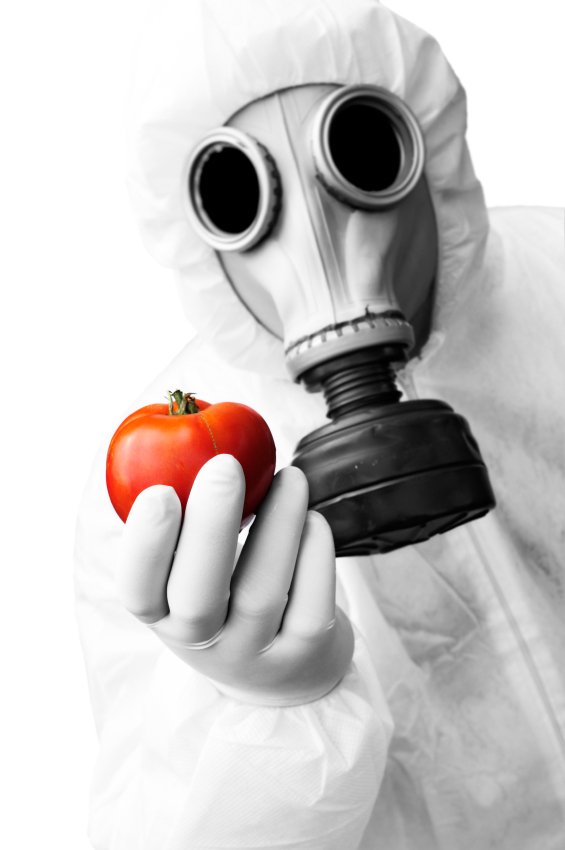12 Most Toxic Fruits and Vegetables
2 min read
Health and environment watchdog, Environmental Working Group (EWG), has released the eighth edition of its Shopper’s Guide to Pesticides in Produce with updated data on 45 commonly-consumed fruits and vegetables and their total pesticide loads. The results are based on analysis of pesticide residue testing data from the US Department of Agriculture and Food and Drug Administration.
Every year EWG takes to task the worst offenders with its Dirty Dozen list, while giving a shout-out to produce with the lowest pesticide levels with the list of the Clean Fifteen. It’s such a brilliant and helpful approach, giving shoppers the power to avoid the most contaminated food while still being able to purchase conventional produce when and if circumstances require it.
This year they also added a new category to the Dirty Dozen — the Plus category includes green beans and leafy greens (kale and collard greens) that haven’t met traditional Dirty Dozen criteria, but are found to be routinely tainted with highly toxic organophosphate insecticides. According to EWG, these insecticides are toxic to the nervous system and have been largely removed from agriculture over the past decade, but they are not banned and still show up on some food crops. Sigh.
Dirty Dozen: (in order of pesticide load, apples being the worst offenders).
- Apples
- Celery
- Sweet bell peppers
- Peaches
- Strawberries
- Imported nectarines
- Grapes
- Spinach
- Lettuce
- Cucumbers
- Domestic blueberries
- Potatoes
Clean Fifteen: (these options are less contaminated and don’t pose as much of a health threat as do the dozen above)
- Onions
- Sweet corn
- Pineapples
- Avocado
- Cabbage
- Sweet peas
- Asparagus
- Mangoes
- Eggplant
- Kiwi
- Domestic cantaloupe
- Sweet potatoes
- Grapefruit
- Watermelon
- Mushrooms
Other disheartening data from the report includes:
- Some 98 percent of conventional apples have detectable levels of pesticides.
- Domestic blueberries tested positive for 42 different pesticide residues.
- Seventy-eight different pesticides were found on lettuce samples.
- Every single nectarine USDA tested had measurable pesticide residues.
- As a category, grapes have more types of pesticides than any other fruit, with 64 different chemicals.
- Thirteen different pesticides were measured on a single sample each of celery and strawberries.
For the full list, see Shopper’s Guide to Pesticides in Produce.
Source: http://www.treehugger.com/green-food/top-12-toxic-fruits-and-vegetables.html






